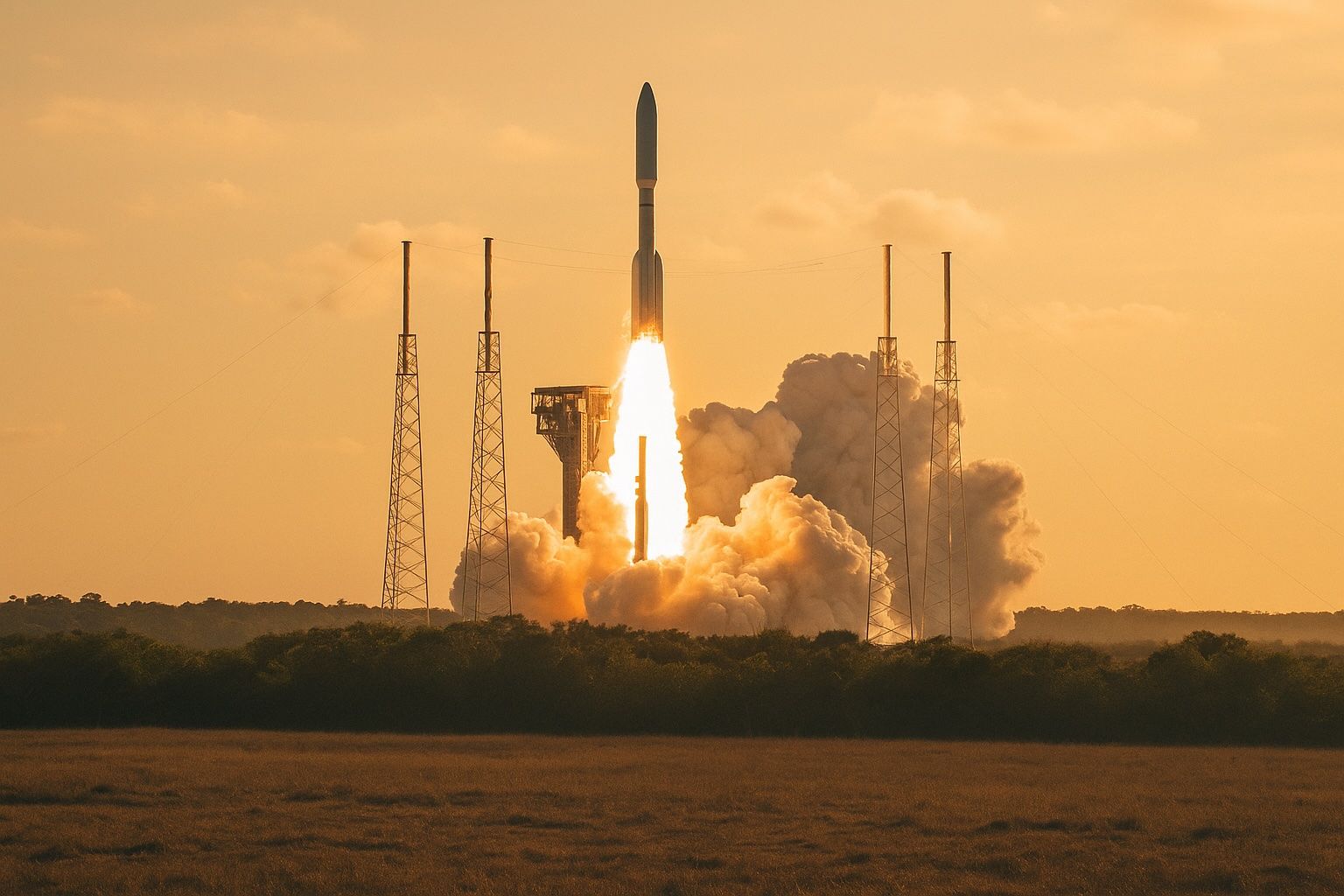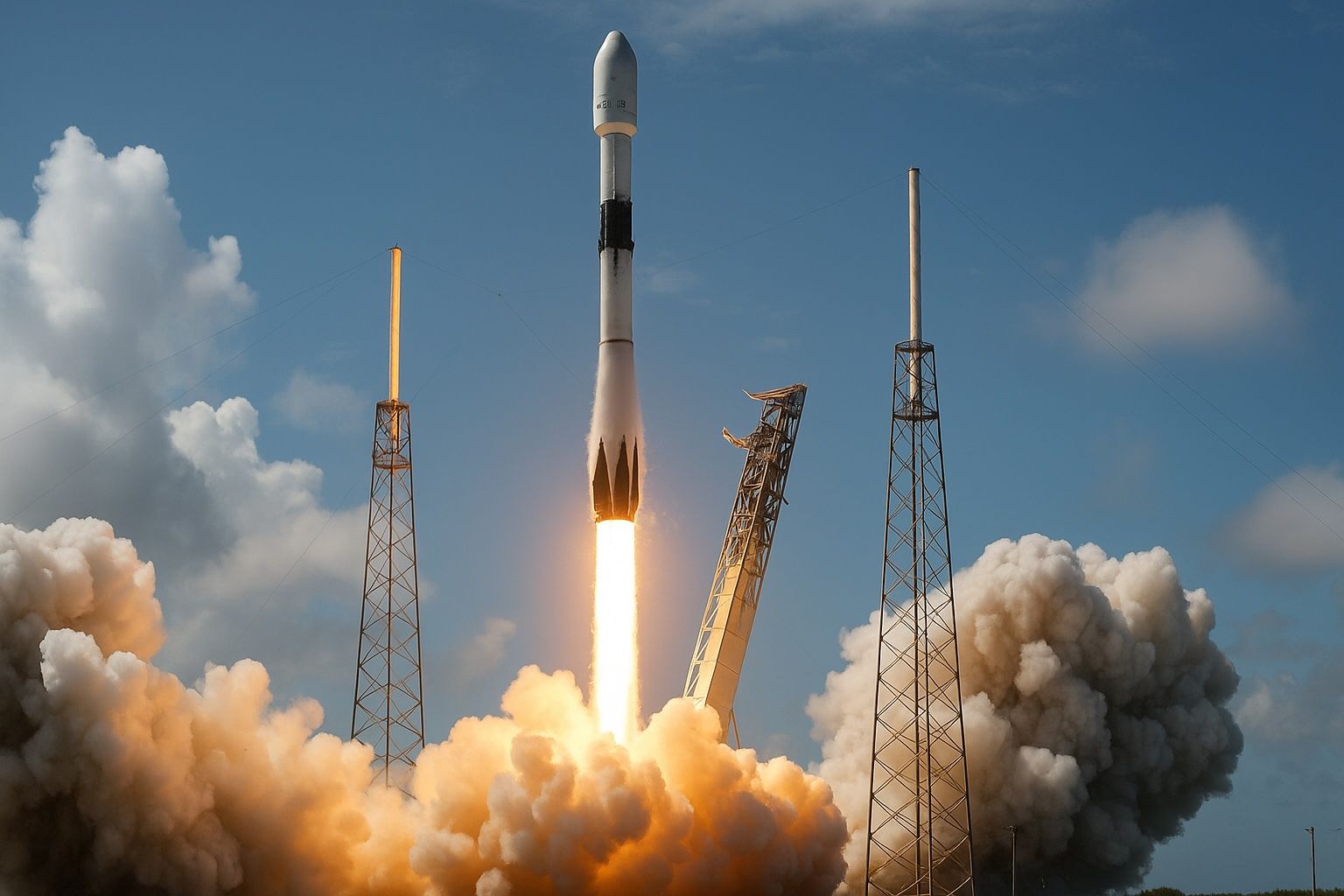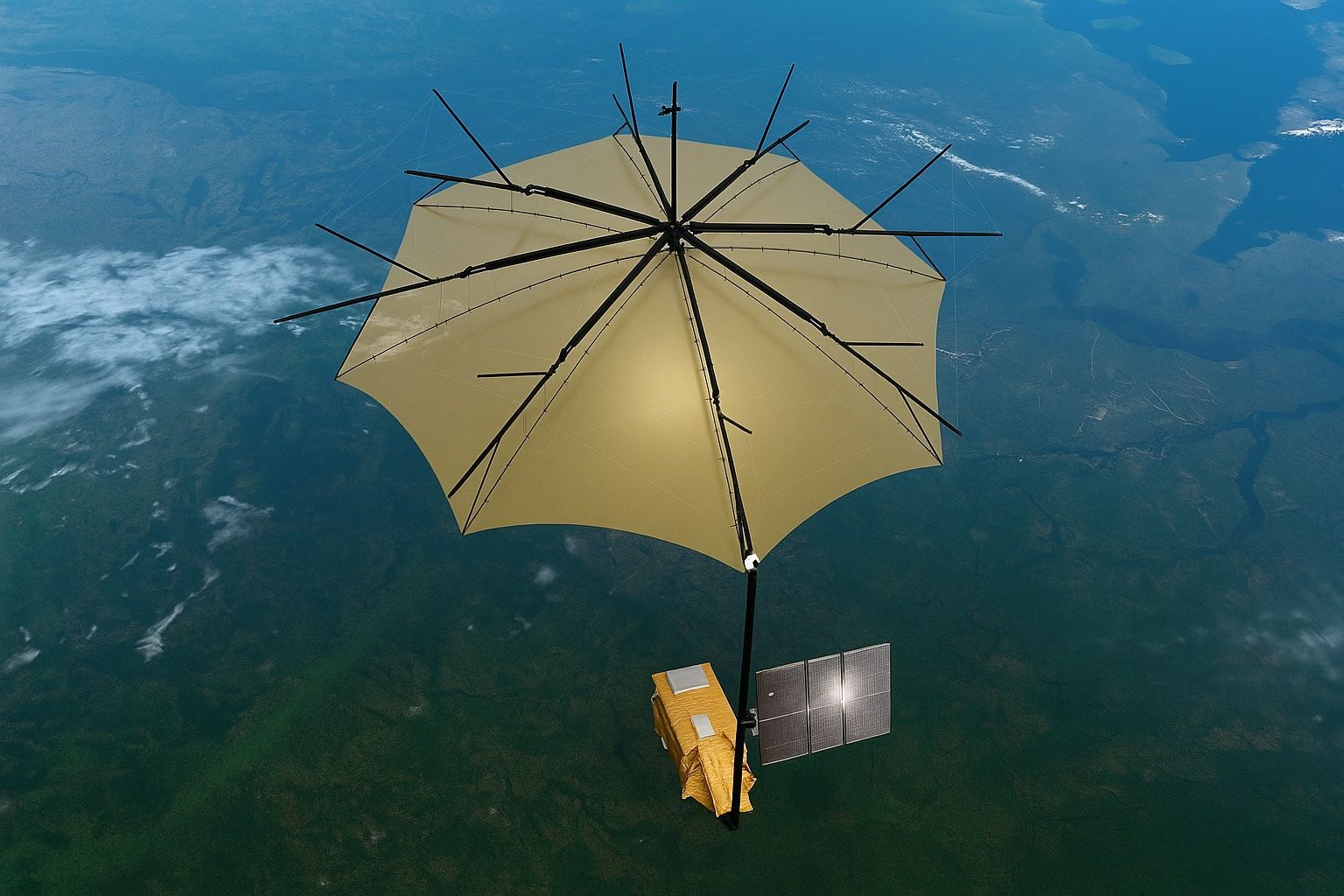
State of Space and Satellite Technologies in 2025 (Updated: June 27th, 2025)
Artemis I launched on November 16, 2022, marking NASA’s Space Launch System (SLS) first flight and sending an uncrewed Orion around the Moon. The global space economy reached about $570 billion in 2023, with roughly 80% of that value produced by commercial activities. As of 2025, there are over 11,000 active satellites serving Earth, out of about 45,000 tracked objects including debris. In 2024 there were 259 orbital launches globally, with the United States conducting 154 and SpaceX responsible for 90. SpaceX conducted its first orbital Starship test on April 20, 2023 from Boca Chica, Texas; the flight ended with









